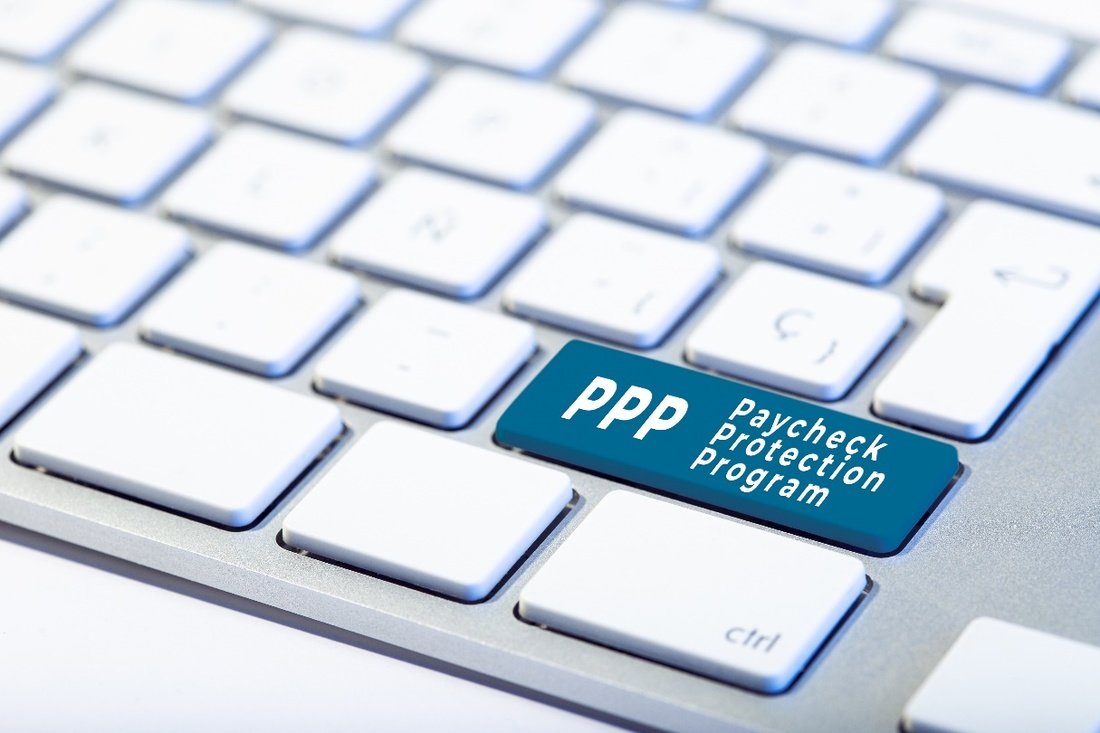
The coronavirus Outbreak has had a broad Effect on People In response to this public health crisis, the majority of states have introduced powerful social bookmarking actions, such as stay-at-home orders and closing of non-essential companies. The PPP was developed to encourage modest companies by expanding government-backed loans which will be partly or completely forgiven if specific conditions are satisfied.
This paper offers evidence that Regardless of the unprecedented drawback in receiving help may have large consequences. While we can't assert causality, we reveal that companies that received help report fewer prices and enhanced expectations about their company's recovery and survival, with smaller companies showing the biggest advances. But, our results also demonstrate that the smallest companies were less conscious of their PPP and not as inclined to employ. One of the companies that employed for the PPP, smaller companies applied later, confronted more processing times, and so we're not as inclined to get their applications accepted. Taken together, this evidence indicates that data frictions, in addition to some other frictions in the program procedure, could have disadvantaged tiny businesses.
Our information comes from daily polls that started on March 28th, The day following the CARES Act has been passed, and lasted through May 16th. Early respondents were asked to finish follow-up studies that started on April 19th, the day the PPP drained its first funding, and lasted through May 16th. Research participants were recruited through social networking advertisements targeted at small business owners across the USA that were influenced by COVID-19.
The sample contains data from over 14,000 small business owners in the U.S., together with follow-up surveys for nearly 3000 small company owners. Additionally, we gathered information about their experiences searching for help, the present status of the programs, and issues they faced during the application procedure.
We record four important facts. First, economists' expectations Concerning the future are usually negative and deteriorated within the three to four months after the passing of this CARES Act. In the very first week of the poll, 64 percent of respondents considered that their companies might recover over a couple of decades, yet this number steadily decreases until late April, as it levels out or marginally reverses. The latter motion corresponds to the period as it had been apparent that the PPP would continue to get funded. But following a brief period, most results are still deteriorating. In the past week of this poll, only 48 percent of companies report that they expect their companies to recuperate over a couple of decades. We observe the very same patterns for the percentage of respondents that believe their companies could regain.
Secondly, the smallest companies were slower to become conscious Of government applications.3 The day following the CARES Act had been passed (March 28th), companies with over 10 full-time equivalents (FTE) workers were far less likely to understand any government programs created to encourage tiny companies when compared to larger companies with 10 to 50 workers.
Despite substantial preliminary information gaps, the percentage of companies with 5 to 9.5 FTE workers that understood government applications quickly improved, reaching levels comparable to bigger firms (over 90 percent ) per day or 2 after the program began accepting applications. By comparison, approximately 68% of companies with over five workers reported understanding about government programs that may assist their company when PPP programs were available, and this share remained under 80 percent through April 16th, once the PPP drained its first financing.
PPP and, conditional on implementing, they implemented later, waited for more for their program to be accepted, and were not as inclined to get acceptance. Businesses with 0 to 4.5 FTE workers were 23 percentage points less likely to use for PPP loans in comparison to companies with 10 to 50 workers.
Conditional on implementing, companies with over five workers applied two days afterward, and so were 27 percentage points less likely to have obtained acceptance. Conditional on getting a PPP loan, companies with 0 to 4.5 workers waited around two weeks more for their program to be accepted. These patterns, specifically longer wait periods, will also be consistent with other frictions in the program procedure, such as direct accessibility or differing present relationships with banks that made a bigger quantity of PPP loans.

Fourth, companies that obtained a PPP credit report more Workers, lower probabilities of bankruptcy or closure, and greater probabilities of regaining a subsequent couple of decades. Conditional on applying for a PPP loan, the ones that are accepted are, normally, 12 percentage points more likely to report they will recover in the following two decades, and documented probabilities of insolvency or closing that are 8 percentage points lower. They're also 9 percentage points less likely to report with fewer employees compared to January.
Our results suggest that data frictions played an important part in determining continuing accessibility to PPP sources between smaller and bigger companies. First, company sophistication (measured by years of schooling of the proprietor and company type) is positively associated with company size, and reduced sophistication could indicate greater problems in obtaining and processing data.
Third, there are fixed prices implied by the program procedure (e.g. finding a lender that will take the program and obtaining appropriate documentation of citizenship ), which might be more inclined to be binding for smaller companies. Even the"first-come, first-served" character of the application magnifies the possible consequences of these frictions because a timely program has been essential to quickly get a PPP loan.
Our results reveal unequal access to program sources Across business size. Additionally, our results imply that insufficient accessibility to PPP is connected with worse results for smaller companies, for example, greater rates and perceived likelihood of bankruptcy, and generally worse expectations regarding their companies' recovery.
